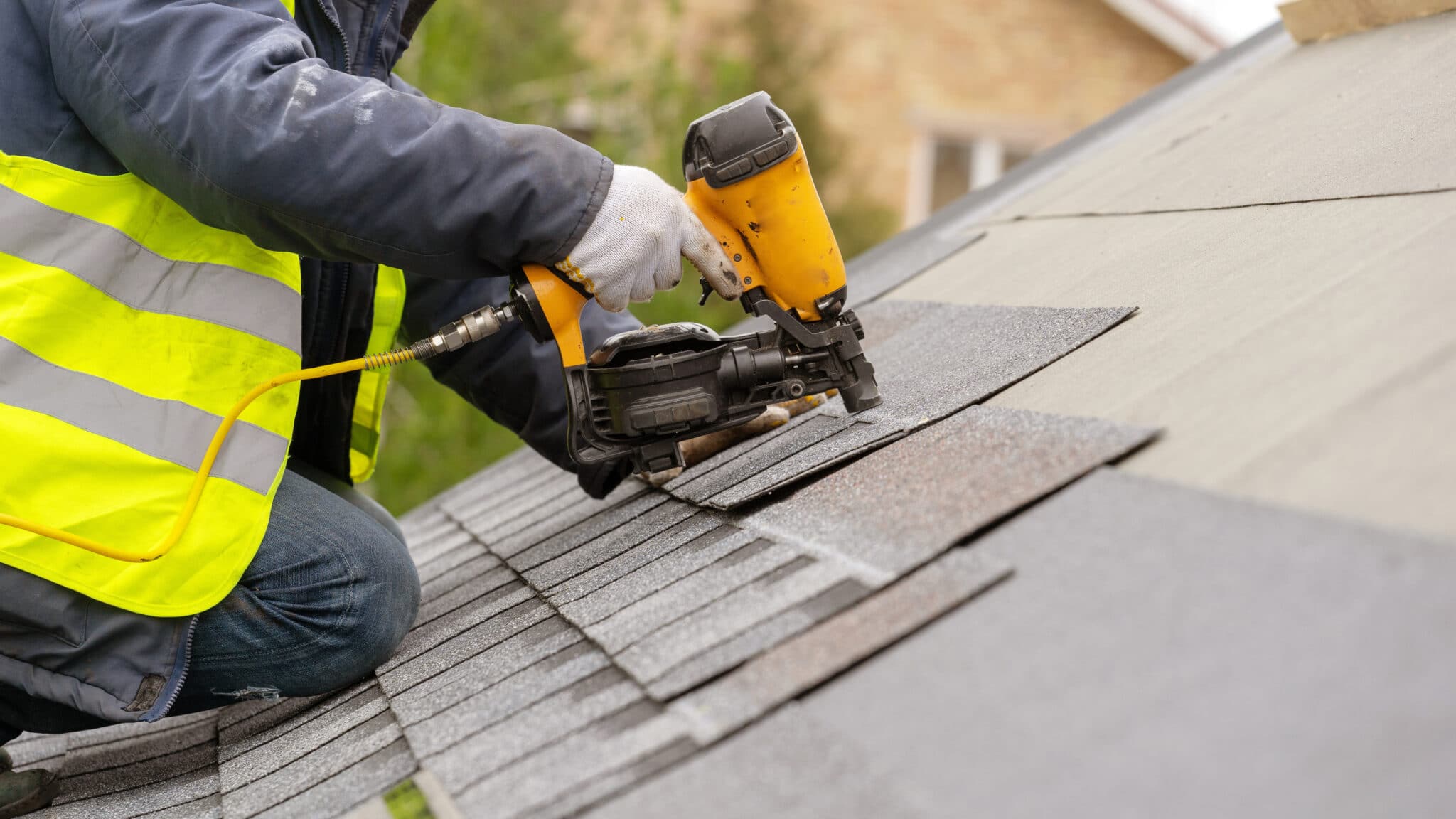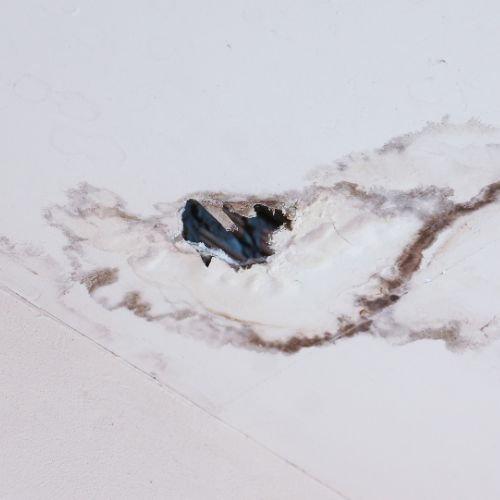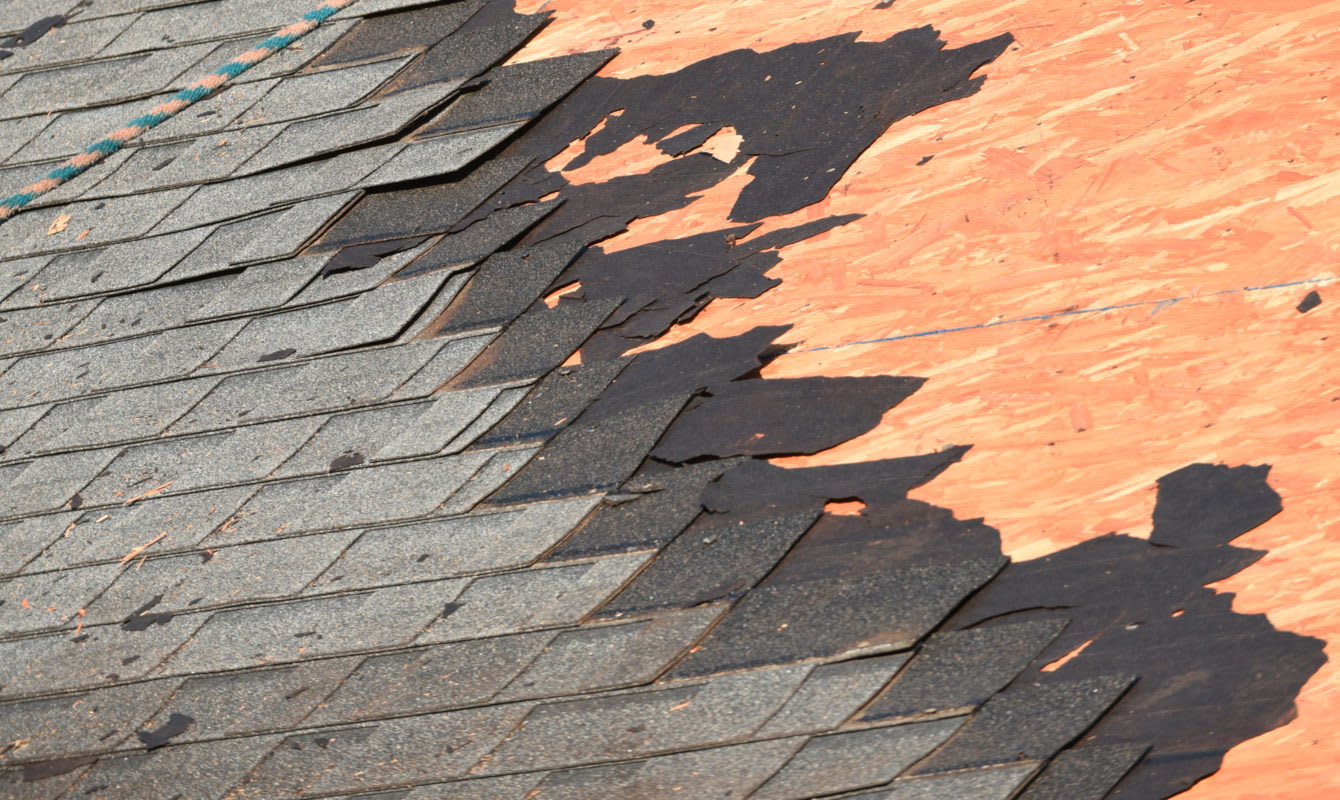Secret Factors To Consider for a Successful Roof Setup: Achieving Durability and Efficiency
In beginning on the journey of roofing setup, one should prioritize essential considerations to ensure both longevity and efficiency. The selection of products, customized to stand up to regional climate conditions, plays a crucial duty in preserving structural integrity. As we explore these elements, it comes to be obvious that a successful roofing system installation is not simply about covering a structure yet regarding crafting a durable and sustainable remedy.
Picking the Right Materials

Climate plays an essential duty in product option. In areas vulnerable to hefty rains or snow, products like asphalt shingles or metal roofing with high water resistance are advisable. Conversely, in hot climates, materials with reflective homes, such as great roof covering membrane layers or floor tiles, can help in reducing power expenses by deflecting sunlight.
Budget considerations also influence product selection. While costs products like slate or clay ceramic tiles provide durable efficiency, they feature greater upfront prices. However, they can verify cost-effective in time as a result of their very little maintenance requirements and prolonged life expectancy.
Last but not least, the building style of the structure must balance with the roofing product. Typical homes may profit from wooden tiles, whereas contemporary structures may opt for streamlined metal coatings. By thoroughly considering these aspects, you can select products that align with both practical and visual goals.

Understanding Roofing Layout
Understanding roofing layout is essential in accomplishing a well-functioning and cosmetically pleasing framework. The design of a roofing system affects not just the aesthetic appeal but likewise the architectural honesty and functionality of the building. An attentively made roof can enhance the overall architectural style while making sure reliable water drainage, insulation, and air flow.
Crucial element of roof covering style include the pitch, shape, and architectural support system. The pitch, or slope, establishes just how effectively water and debris are lost from the roofing surface, influencing the life-span of roof products. Typical roofing system forms consist of gable, hip, flat, and mansard, each offering unique advantages and visual qualities. For example, saddleback roofs are prominent for their simpleness and efficient water shedding, while hip roof coverings offer remarkable security in high wind areas.
Structural support systems, such as trusses and rafters, are vital in distributing weight and preserving the roofing's integrity. Proper style makes certain that the roof can stand up to ecological lots and resist deformation. In addition, incorporating features like overhangs and eaves can safeguard the building's frontage and boost energy efficiency by offering shade and minimizing warmth gain.
Ultimately, a well-considered roofing system style balances develop, work, and longevity, adding to the long-term success of the installation.
Climate Considerations

In hot and sunny climates, roof covering materials need to show, instead of take in, solar heat to preserve energy effectiveness and avoid excessive thermal expansion, which can result in material degradation - Keep Dry Roofing St Peters MO. Alternatively, in colder regions, materials need to give ample insulation to avoid heat loss and endure freeze-thaw cycles that can trigger splitting and various other architectural problems
Moreover, the option of shade and finish can dramatically influence a roof covering's thermal efficiency, specifically in locations with severe temperature level variations. Local building regulations frequently provide you can try these out guidance on suitable products and layouts, showing regional climate concerns. Therefore, a comprehensive understanding of climatic problems is vital for choosing materials and designs that make certain a roofing's ideal performance over its lifespan.
Setup Best Practices
Efficient roof setup is an essential component of making sure lasting resilience and efficiency. Making use of top quality roof shingles, underlayment, and blinking customized to the specific climate and structure layout will certainly enhance the roofing system's durability.
Just as important is the preparation of the roofing system deck. Making sure that the deck is tidy, completely dry, and structurally audio before installation avoids issues such as leakages and early wear. Correct air flow is an additional key consideration, as it reduces wetness build-up and thermal anxiety, consequently lengthening the roof covering's life-span.
Accuracy in dimension and placement throughout the installment procedure is vital. This entails exact positioning of roof shingles and careful interest to overlapping, which stops water ingress. Employing professional, experienced labor guarantees these standards are met, reducing the threat of mistakes that might jeopardize the roof's effectiveness.
Power Performance Methods
Enhancing a roofing's energy efficiency is a critical factor to consider for minimizing energy costs and ecological effect. By selecting ideal products and innovations, homeowners and builders can dramatically enhance the thermal performance of a roof covering, therefore minimizing power usage. Among the main techniques entails making use of reflective roofing products, which deflect more sunshine and absorb much less heat. This can bring about a considerable decrease in cooling original site prices, especially in warmer environments.
Additionally, the consolidation of ample insulation is crucial in protecting against heat transfer between the exterior and interior of a building. Insulation materials with high R-values, such as spray foam or stiff foam boards, are reliable in maintaining a constant interior temperature level, thereby enhancing cooling and heating system efficiency.
Additionally, the combination of photovoltaic panels on roofs not only generates sustainable energy however can additionally provide shade, further decreasing warm gain (Keep Dry Roofing St Peters MO). Advancements like cool roofing systems, which use finishings to mirror even more sunshine, are additionally obtaining appeal for their capacity to lower roof temperatures
Conclusion
In conclusion, achieving a successful roof installation necessitates a comprehensive approach that integrates the option of high-quality products customized to details weather problems, thoughtful style considerations for optimal drainage and architectural honesty, and adherence to careful setup methods. These elements collectively other make certain the avoidance of wetness accumulation and thermal stress, thereby boosting the roofing's toughness and effectiveness. Incorporating approaches to enhance energy efficiency better adds to decreasing upkeep demands and lowering power usage over the roof's life-span.